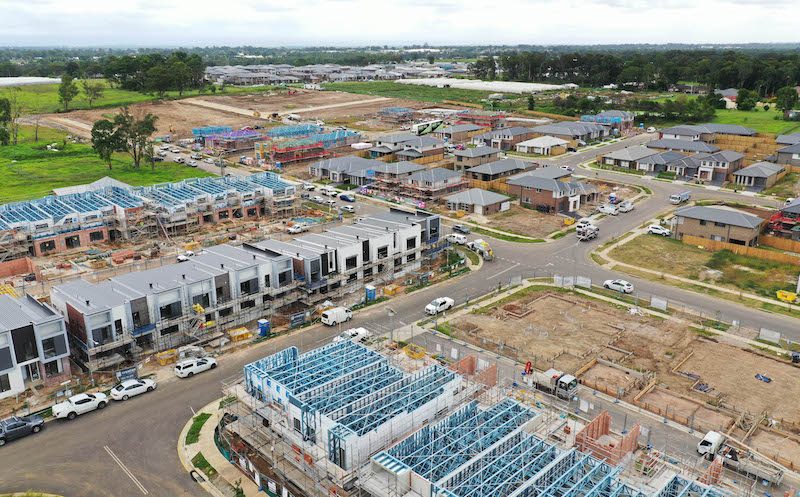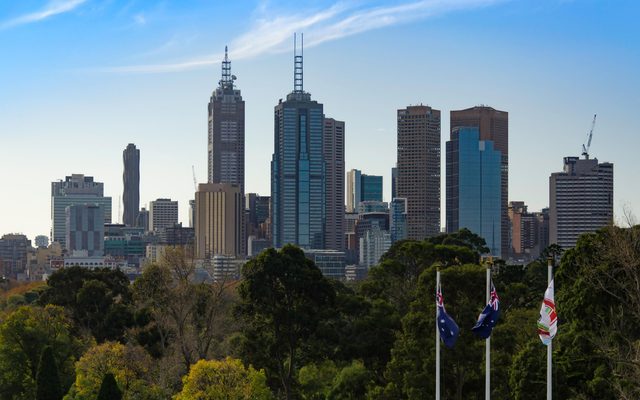This article is from the Australian Property Journal archive
AUSTRALIA’S construction cost growth may be easing for the first time in two years, despite ongoing challenges with labour and materials.
According to CoreLogic’s Cordell Construction Cost Index (CCCI), after two years of consistent increases the index returned a growth rate of 0.9% for the first quarter of 2023, its lowest level since March 2021.
This was less than half the Q4 2022 index result of 1.9% and significantly slowed from the Q3 2022 results of 4.7%.
This is also the first-time the index quarterly growth rate had fell below 1.0% since March 2021 and back below the five-year average of 1.4%.
“The building and construction industry has weathered an unprecedented number of headwinds in the past two years,” said John Bennett, construction cost estimation manager at CoreLogic.
“The extraordinary growth in the index reflects the challenging post-COVID operating period, the rapidly rising rate environment and high inflation levels. These factors only served to amplify volatile pricing caused by restricted domestic supply chains, material and labour shortages.”
The annual growth rate was at 10.2% for the period, down from 11.9% in the 12 months to December 2022, which was the greatest annual increase on record besides the period following the introduction of the GST.
Bennet noted that while the national annual growth rate is still high, it is beginning to return to being more in line with long-term averages.
“The Cordell costings team found timber prices have softened, however there is still instability in the market, particularly with structural timbers and pricing for metal products is increasingly volatile across various products,” added Bennett.
“The cost of bulk materials increased over the last quarter, possibly due to rising fuel costs. Overall the market remains unsettled with the building industry still in turmoil.”
Despite easing growth in construction costs, the annual rate of change is still 2.8x higher than the pre-COVID five-year average of 3.6%.
With Queensland reporting both the highest quarterly and annual growth changes at 1.2% and 11.6%, with SQ and WA both recording quarterly growth rates of 0.9% and annual increases of 8.8%.
“Across the back series of the CCCI, there have only been 10 quarters in almost 30 years where construction costs have actually fallen, with five of those quarterly declines coming in at just -0.1%. The most recent quarterly decline in the CCCI was in March 2007 (-0.1%),” said Bennett.
Despite the continued rise of construction costs, CoreLogic’s national Home Value Index saw a 0.6% increase over March, for the first monthly rise since April 2022.
“The continued decline in dwelling commencements across both houses and units nationally, suggests that HomeBuilder starts have well and truly worked their way through the commencement stage,” said Tim Lawless, research director at CoreLogic.
“The trend of subdued building approvals is being reflected in lower commencements. Large unit developments in particular have been less likely to reach approval and commencement because of the challenges in getting a feasibility to stack up amid high construction costs along with high interest rates deterring presales.”
Lawless added that the industry would continue to be under pressure as long as the volume of houses under construction remains at record highs.
“Commencements of houses are historically most correlated with completions after six months, but now that is looking more like nine or 12 months, with the number of dwellings under construction still rising in the house segment,” concluded Lawless.
“Despite an easing in the growth rate of construction costs, those with fixed contracts in place or holding on post-COVID have had their margins squeezed, which has put many builders under immense trading pressure.”




